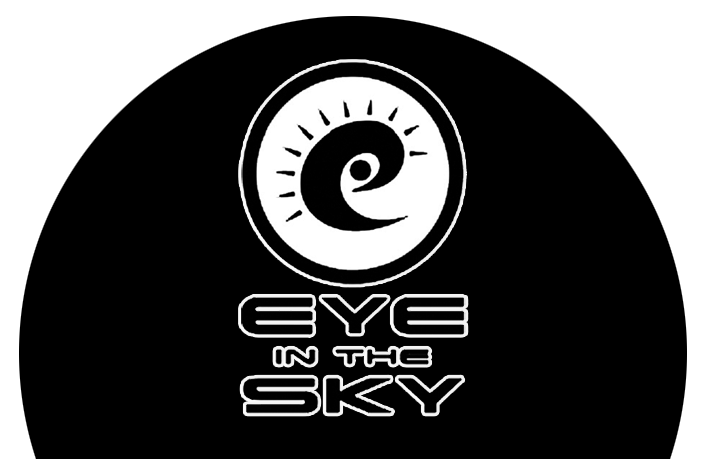DOGLEAD
COMPOSITION - what to include or remove
Determining the foundation or reason for your composition is important as it governs how you go about it.
Let’s take this scene of a boy with his dog and look at the internal dialogue.
A. Are you capturing a portrait of a boy and his canine pal at ease with each other ... independent of where it is?
If so, then you have latitude in how you go about it, you can add or remove elements to suit the composition, because the portrait is the point.
B. Is it important to record the scene exactly as it is, in its location? ... if so why?
Is it because you just like it and don’t want to change anything? If so, is this is best way to express the moment?
On its own this image could have been taken anywhere. But if you do follow the factual (B) line then you would need to caption it something like ‘Boy and canine friend, Minerve, France’, otherwise it kind of defeats your reasoning.
Either approach works, so the reason for the capture is paramount. It really does govern the end result. My preference? I chose (B). I felt the rope lead and background door were not an integral part of the image and therefore could be removed. If I had kept the dogs lead, then it would be a different story with its own implications, codes and outcomes.
The same thinking can be applied to the couple on the rocks. It’s up to you how you treat this, your reason governs the end result. The choice is yours, always, but bear in mind that you don’t have to record the scene exactly as is. If you were asked to record the couple in this exact location for a safety brochure for instance, then you must include the railing. The reason governs your action.
All photography and information © Jon Davison 2022.








